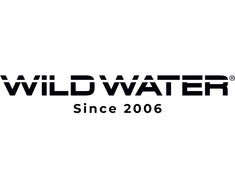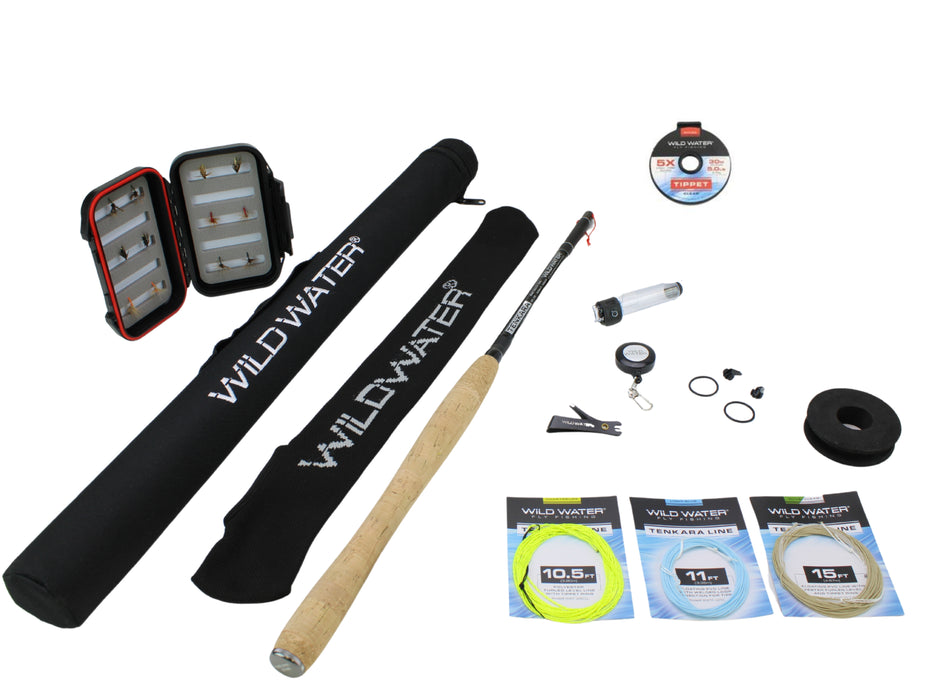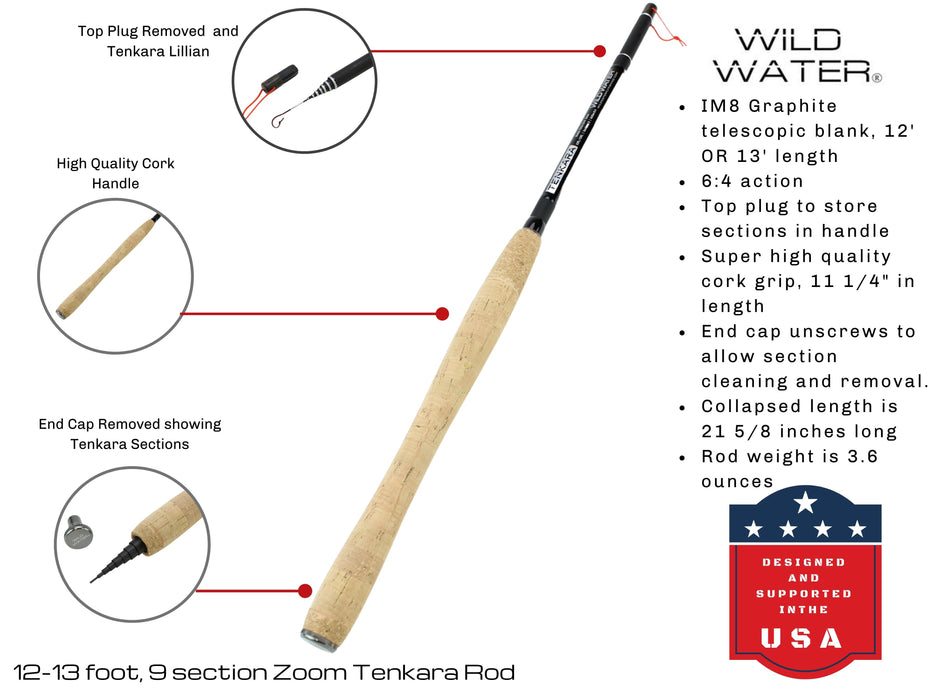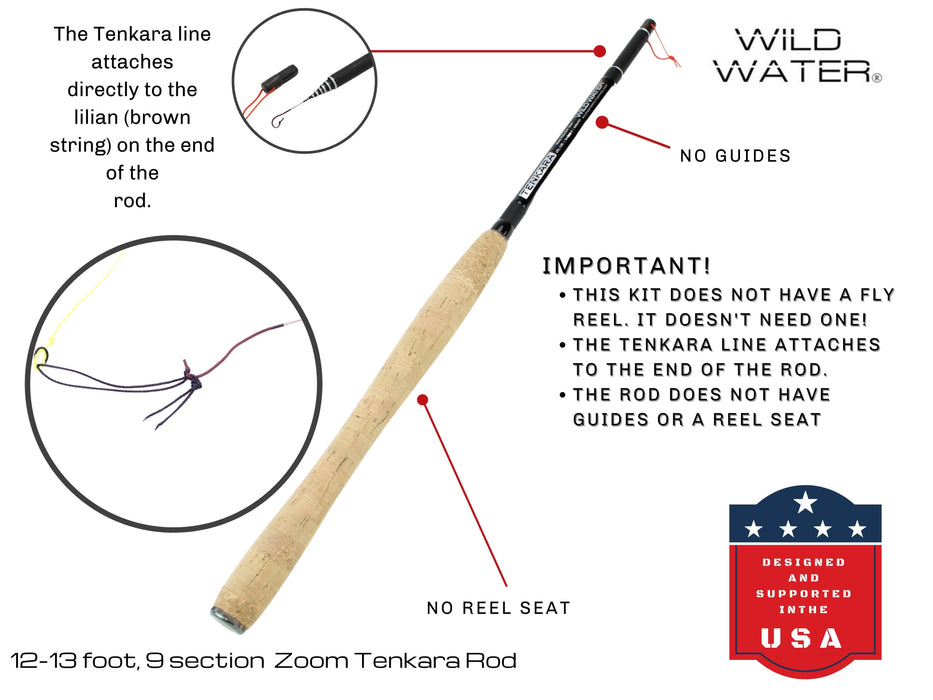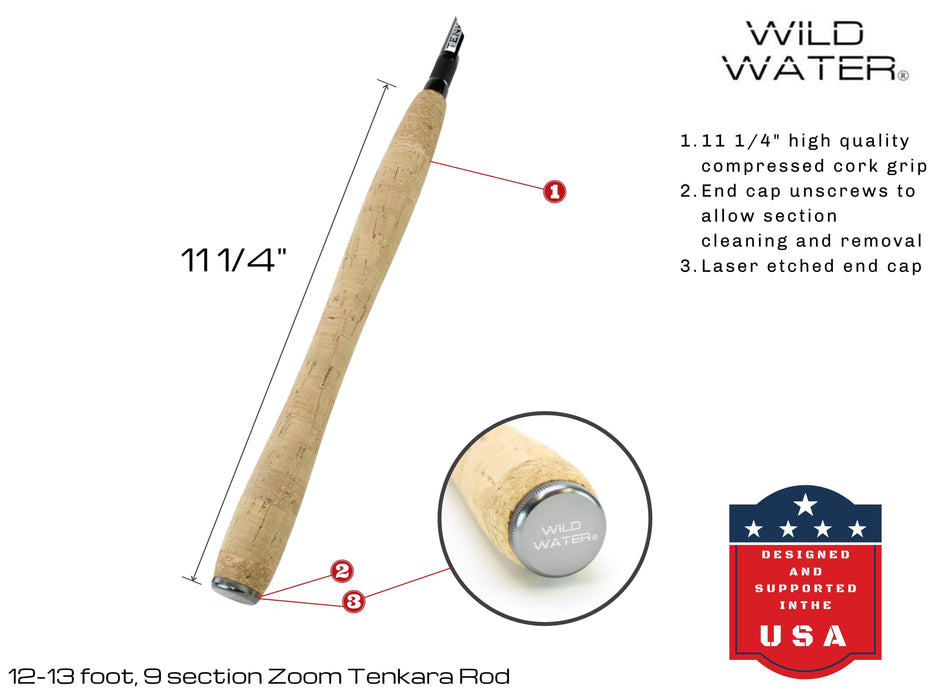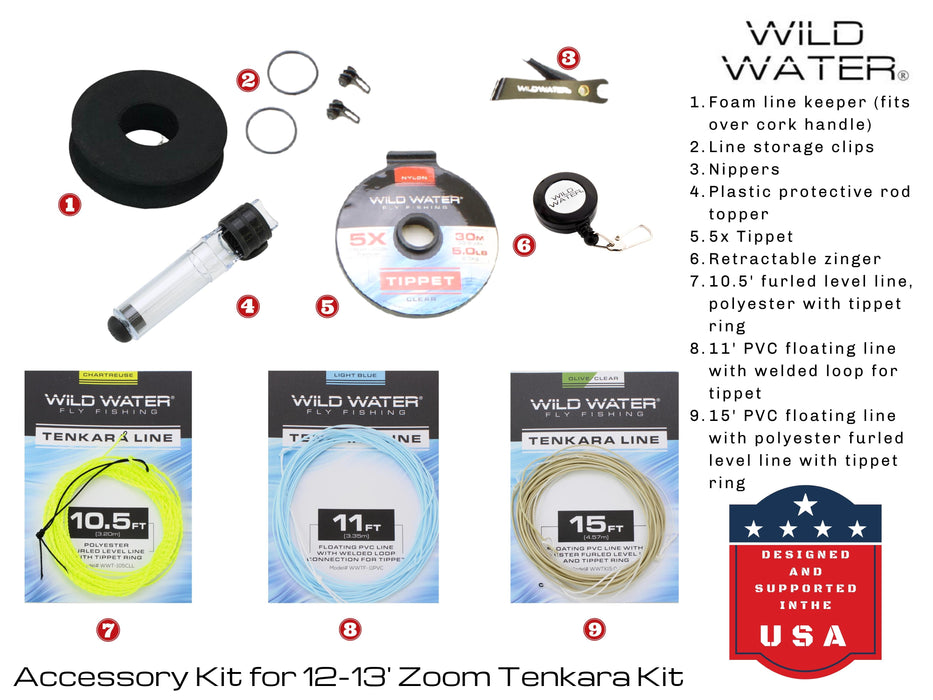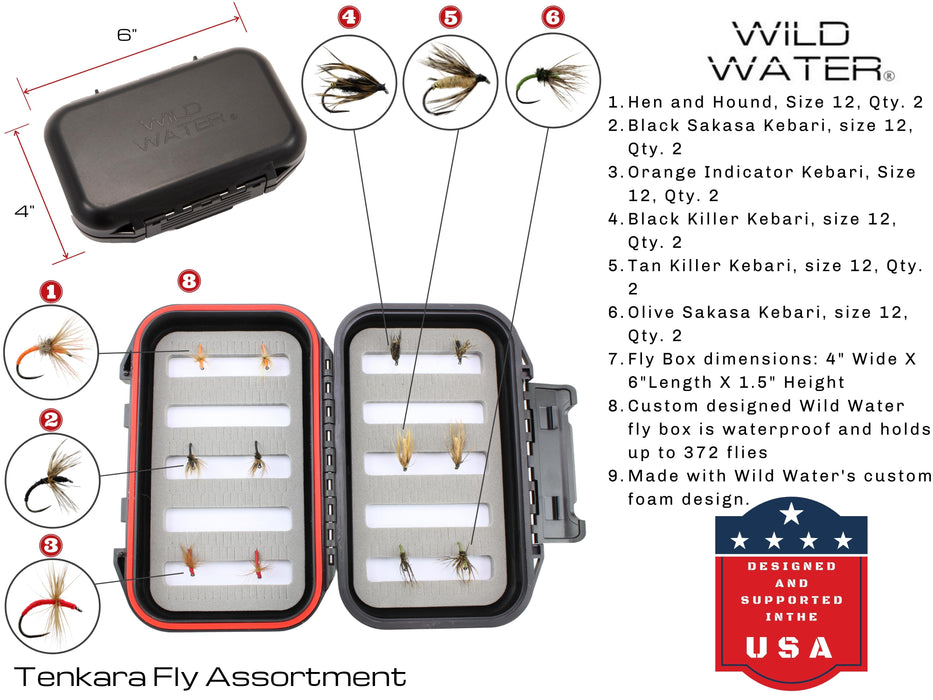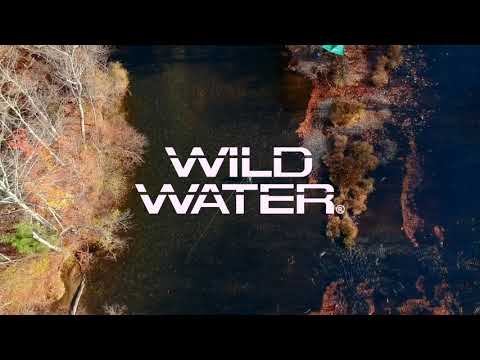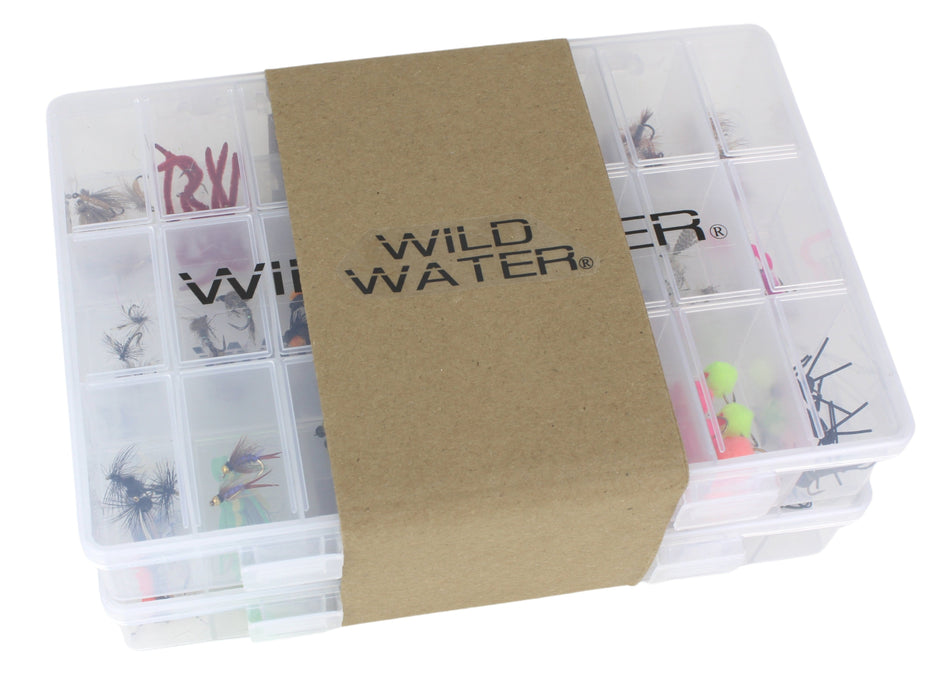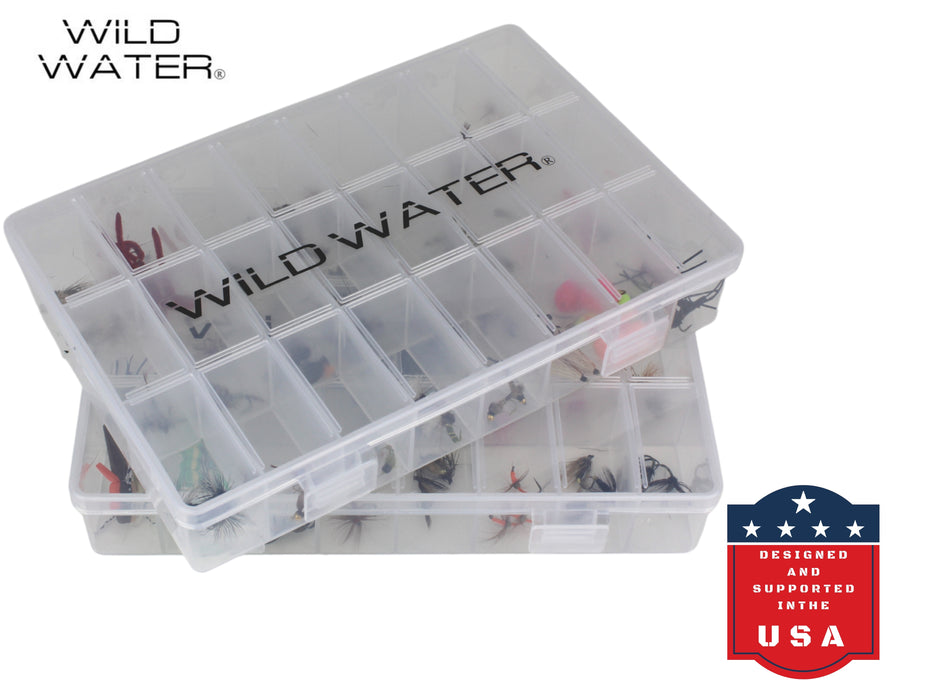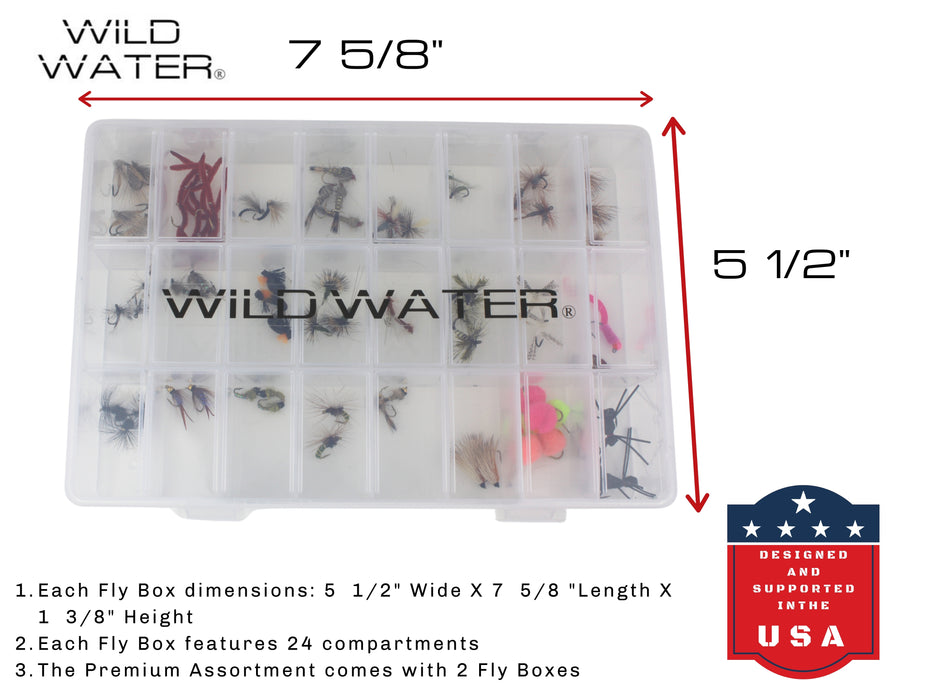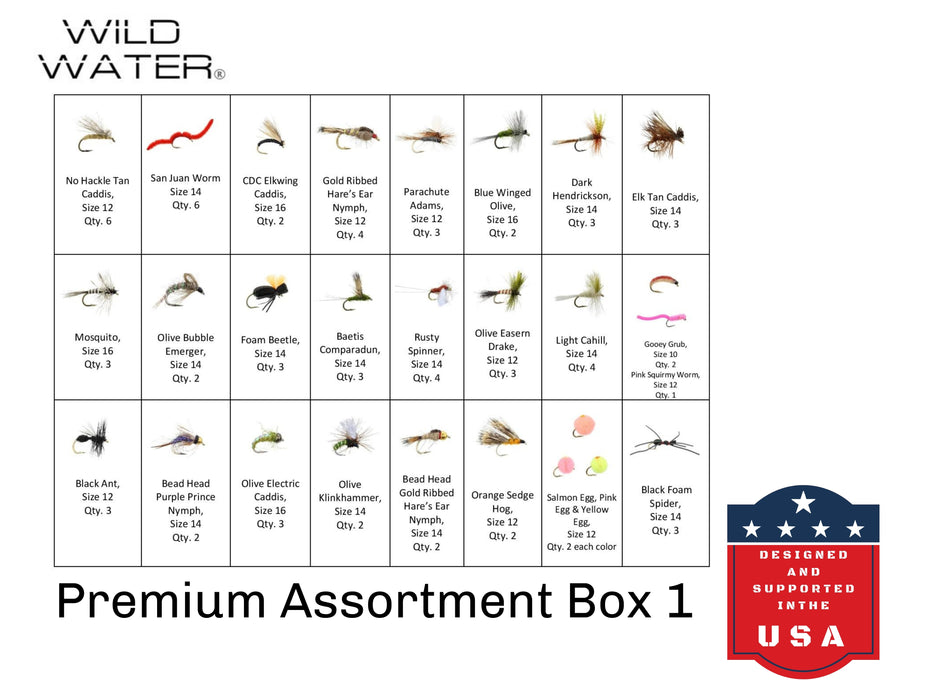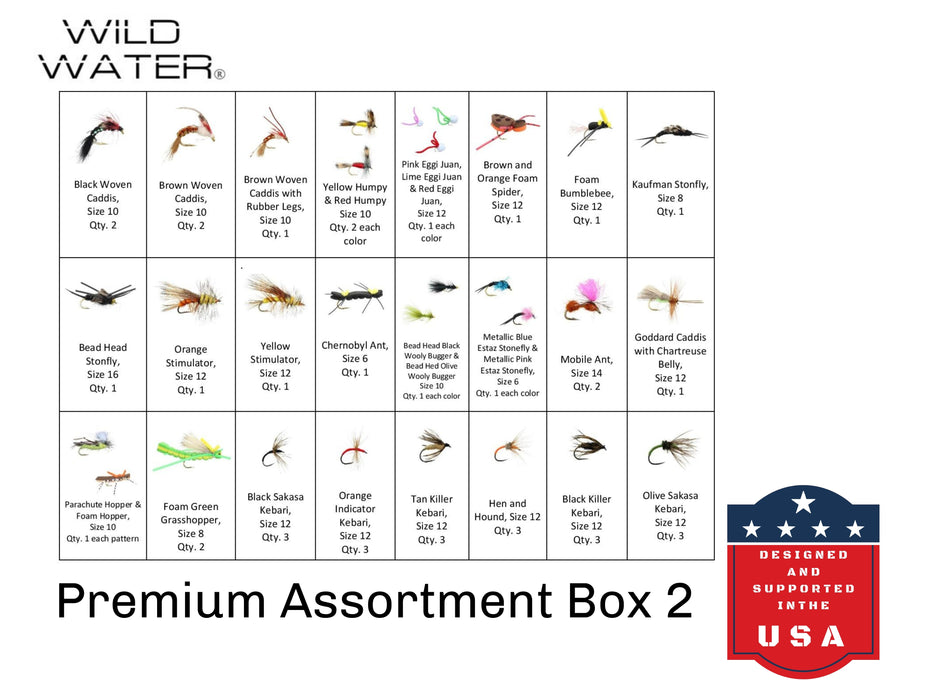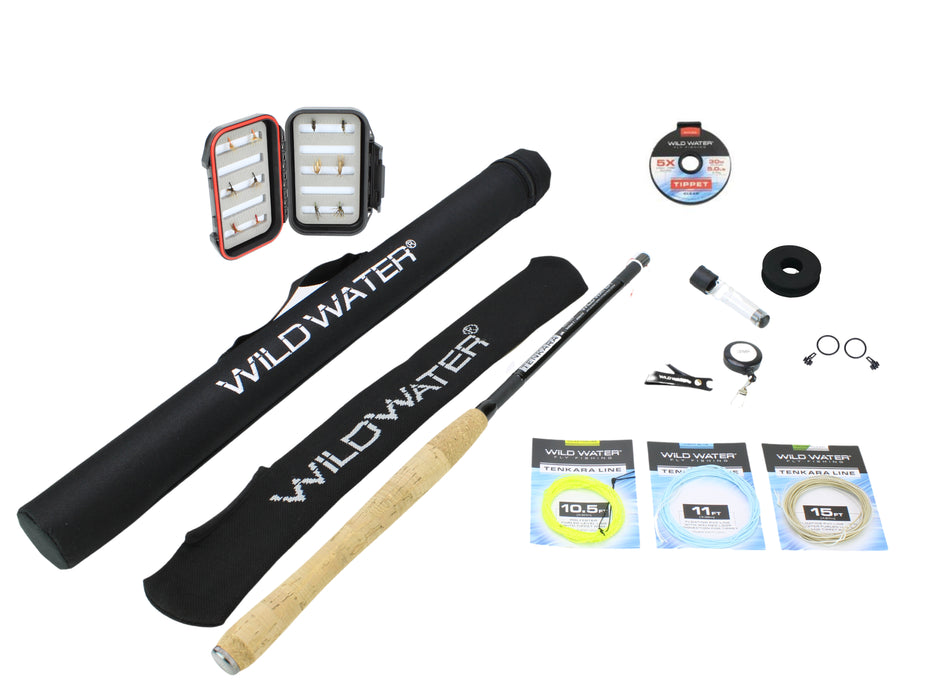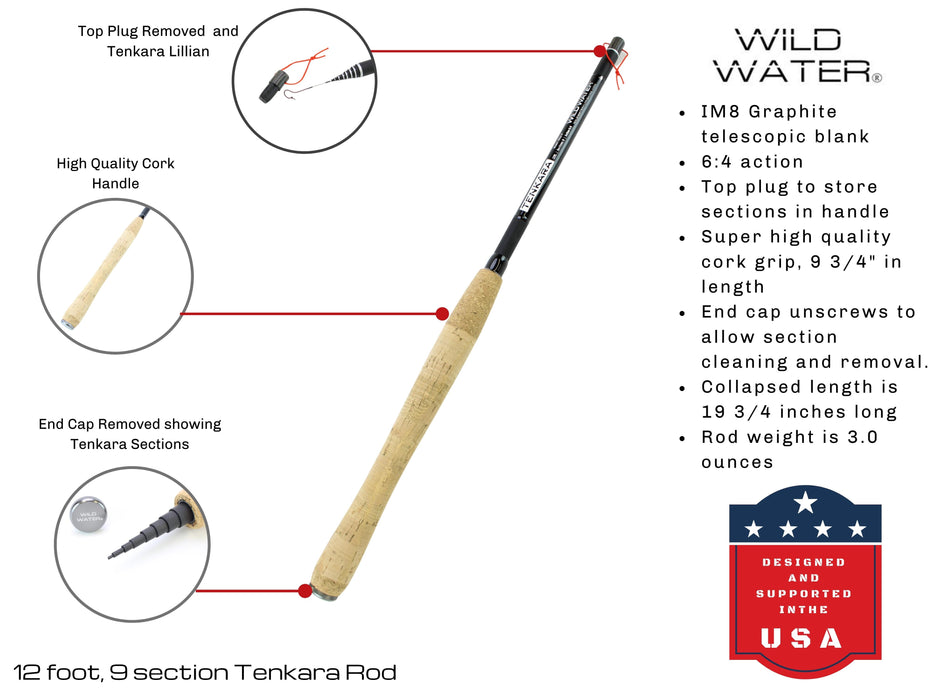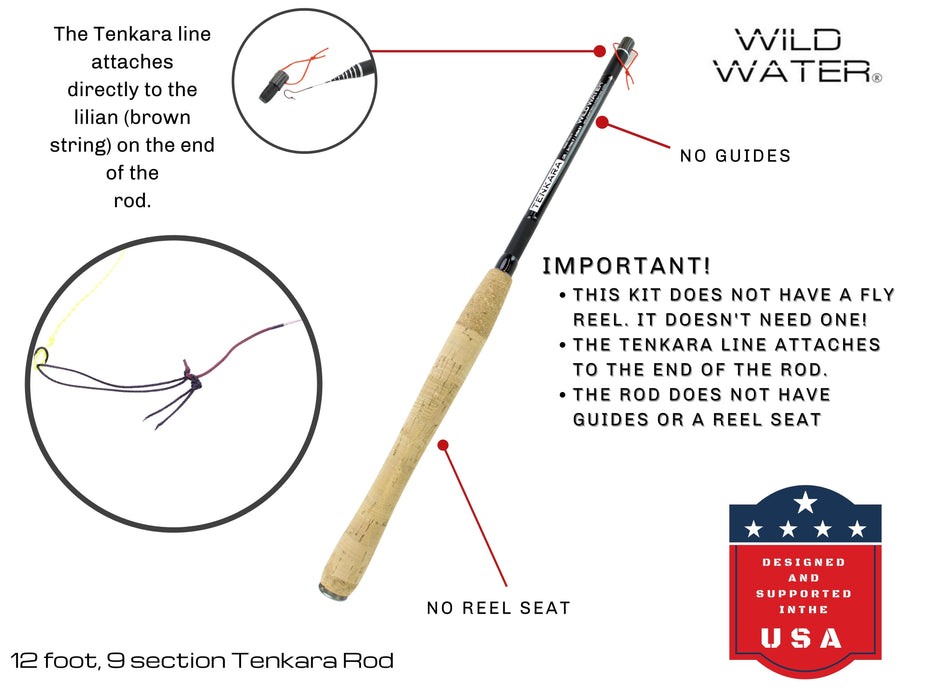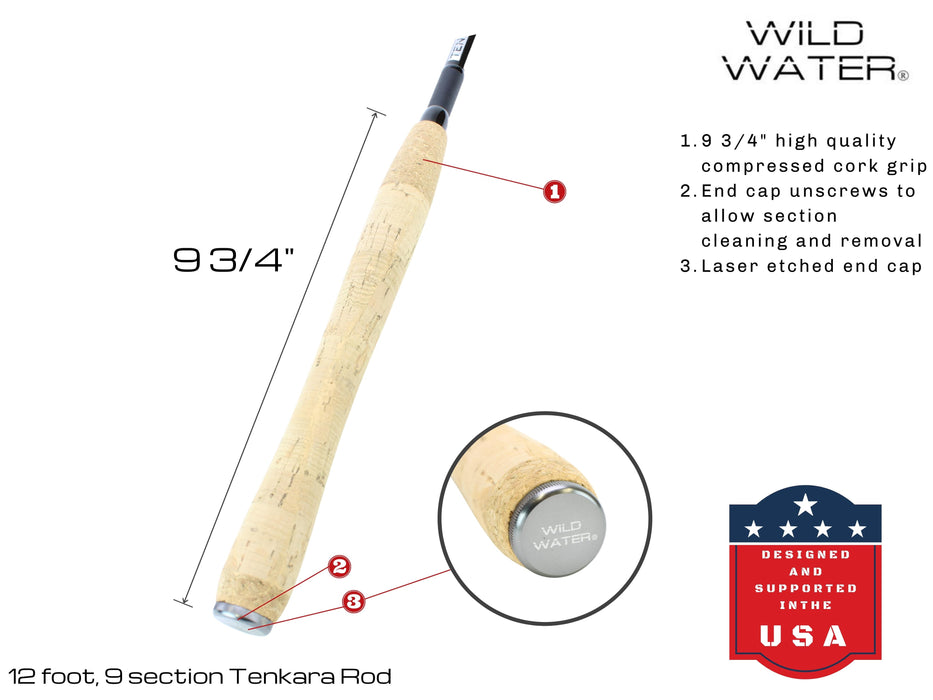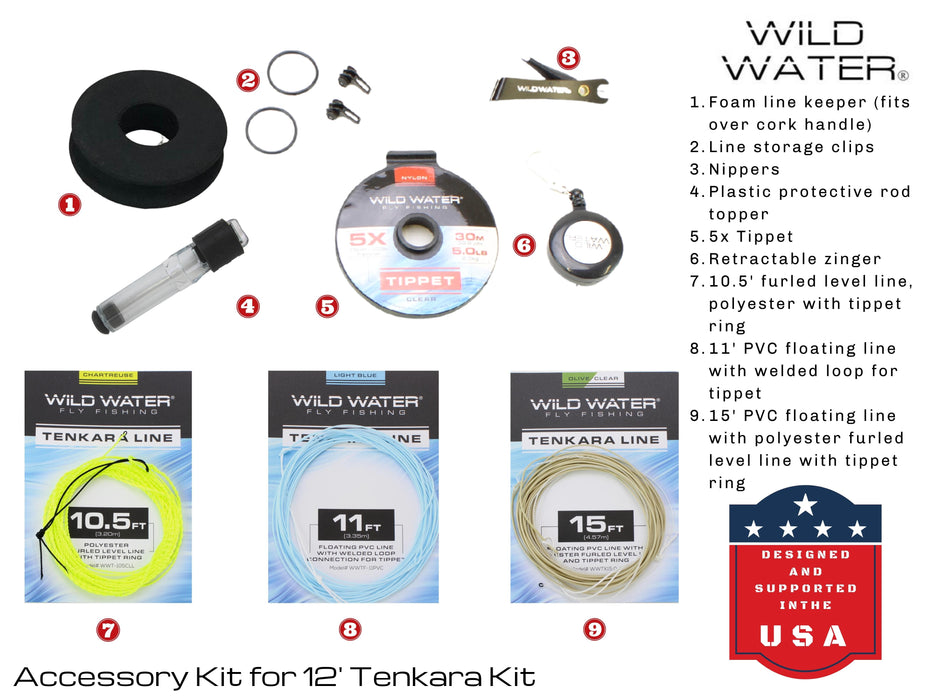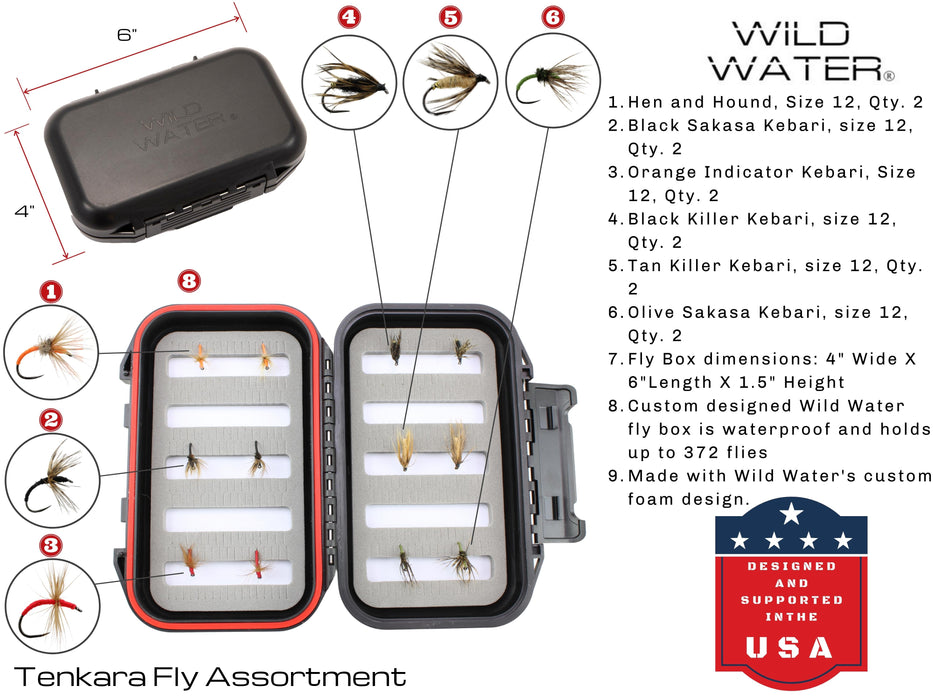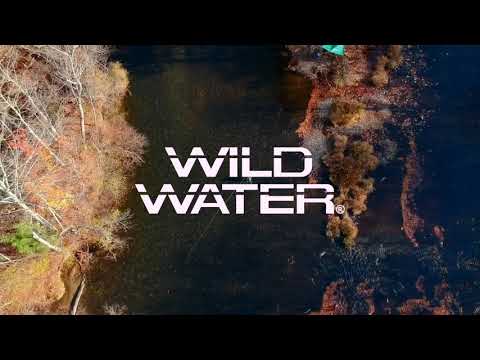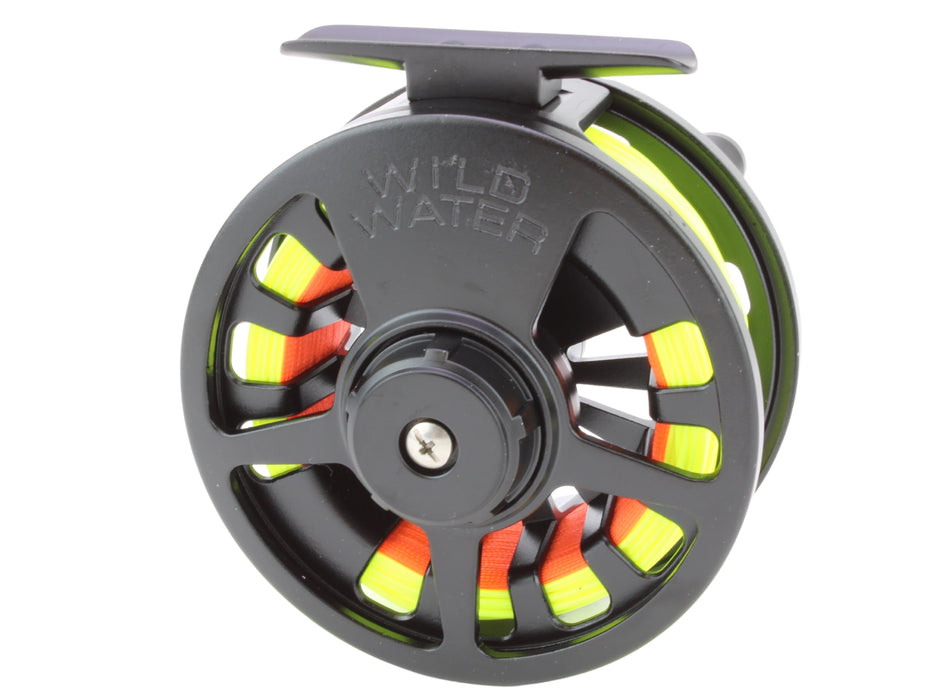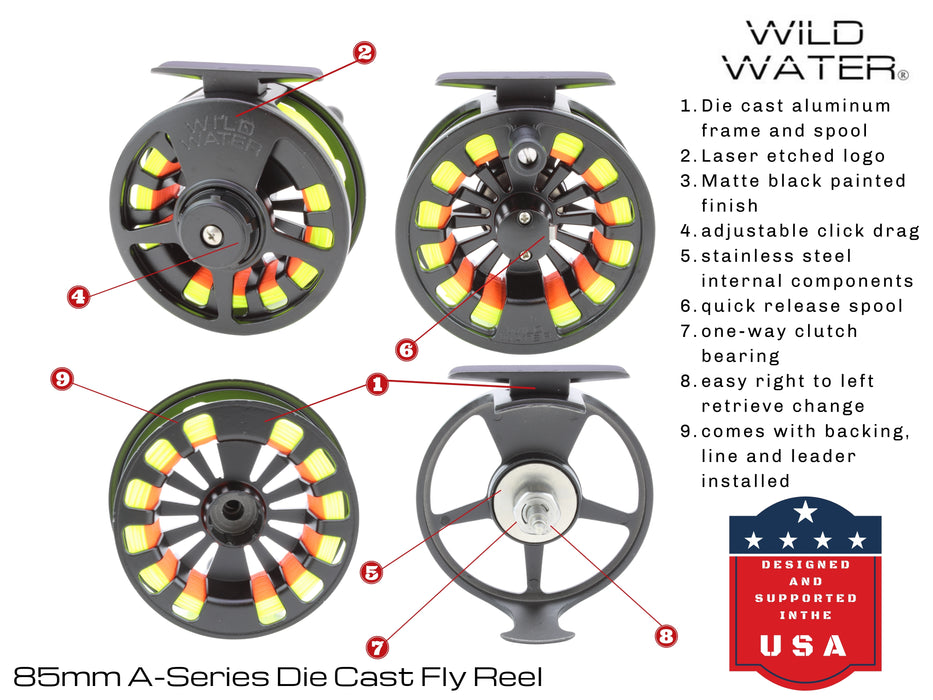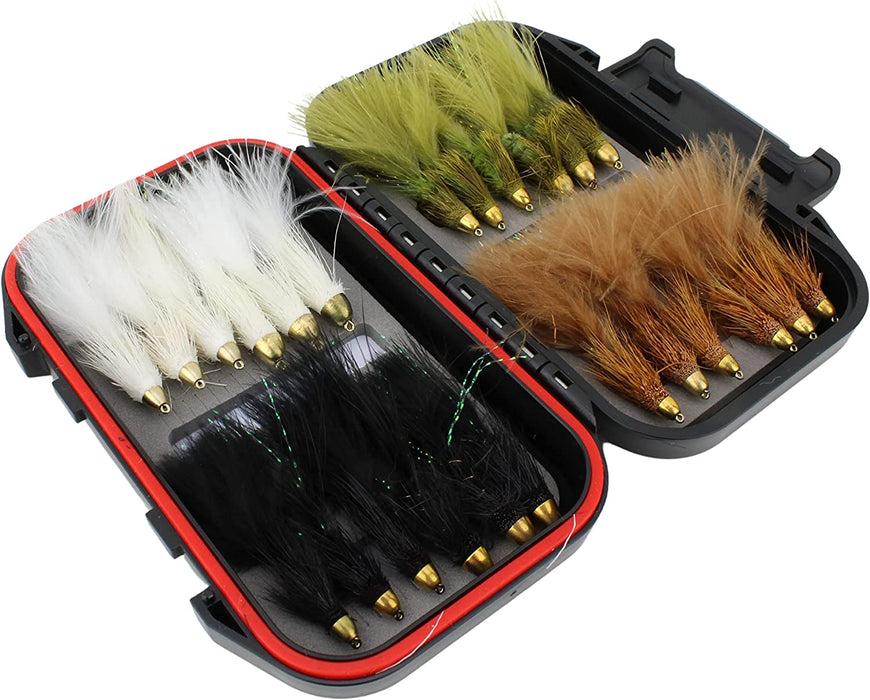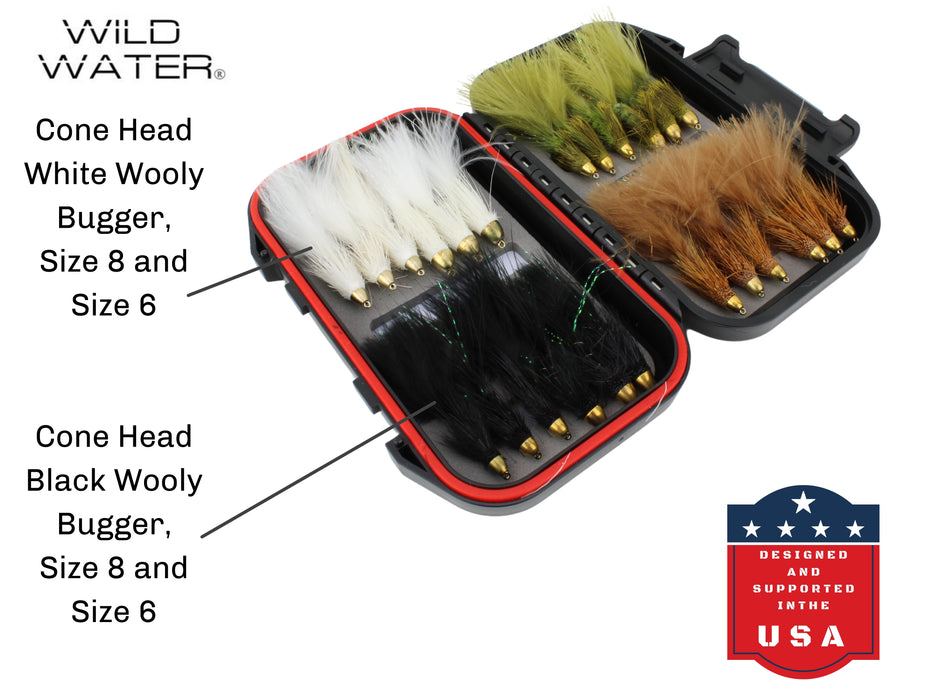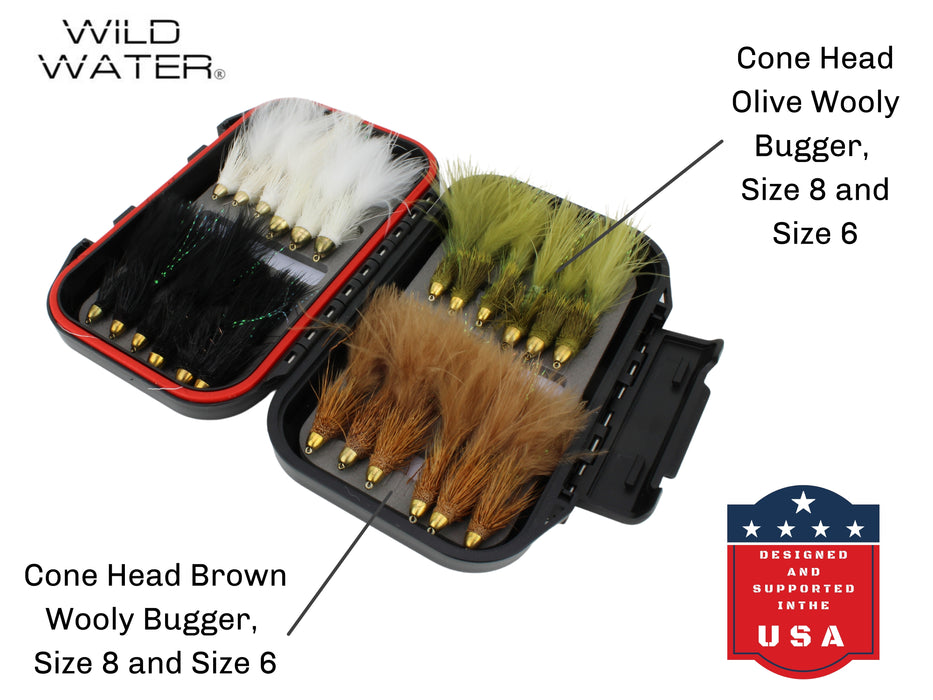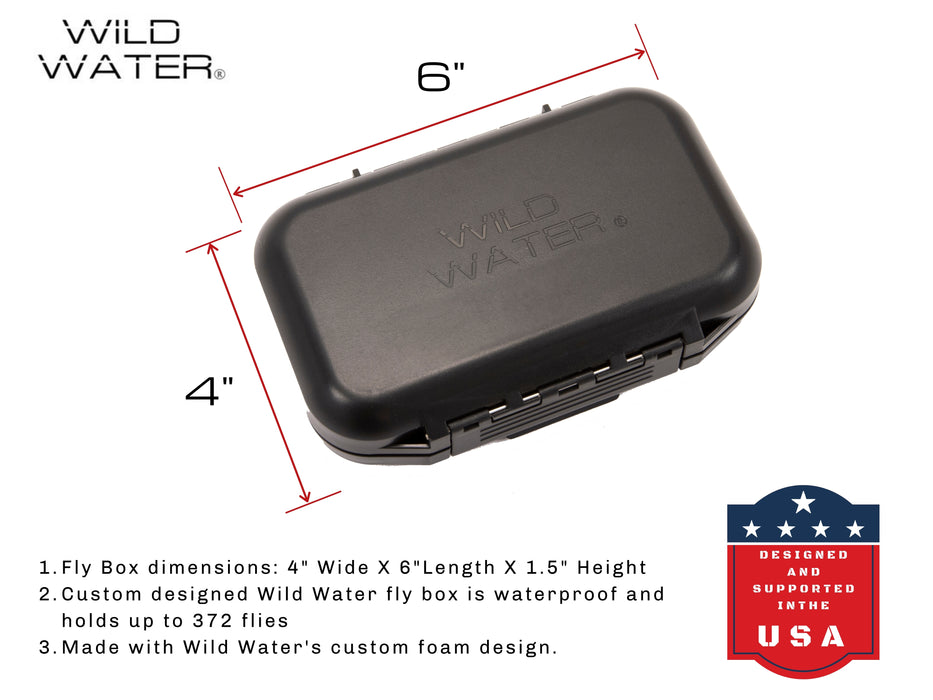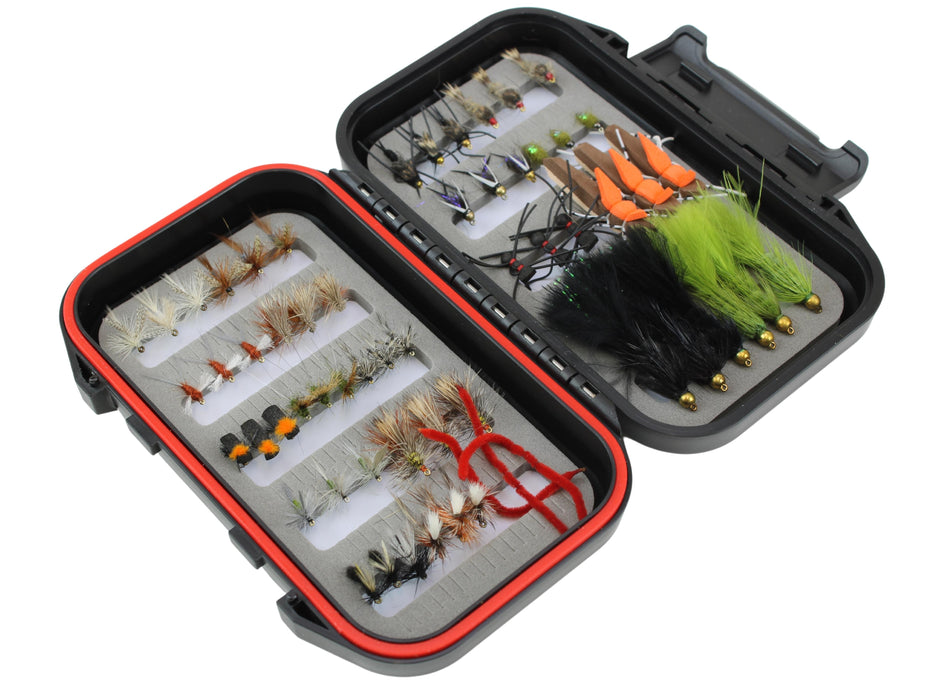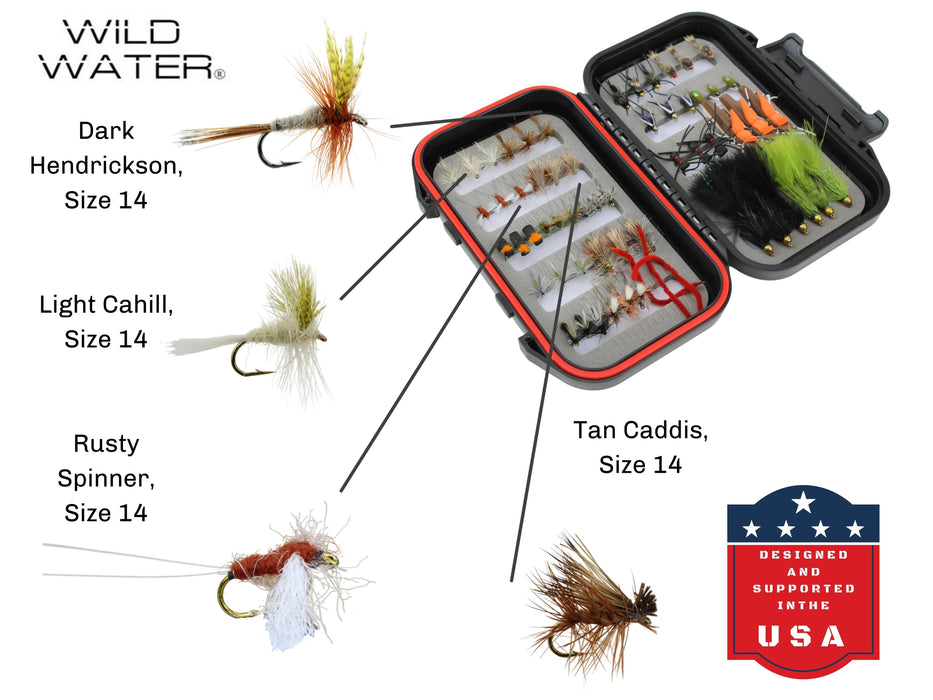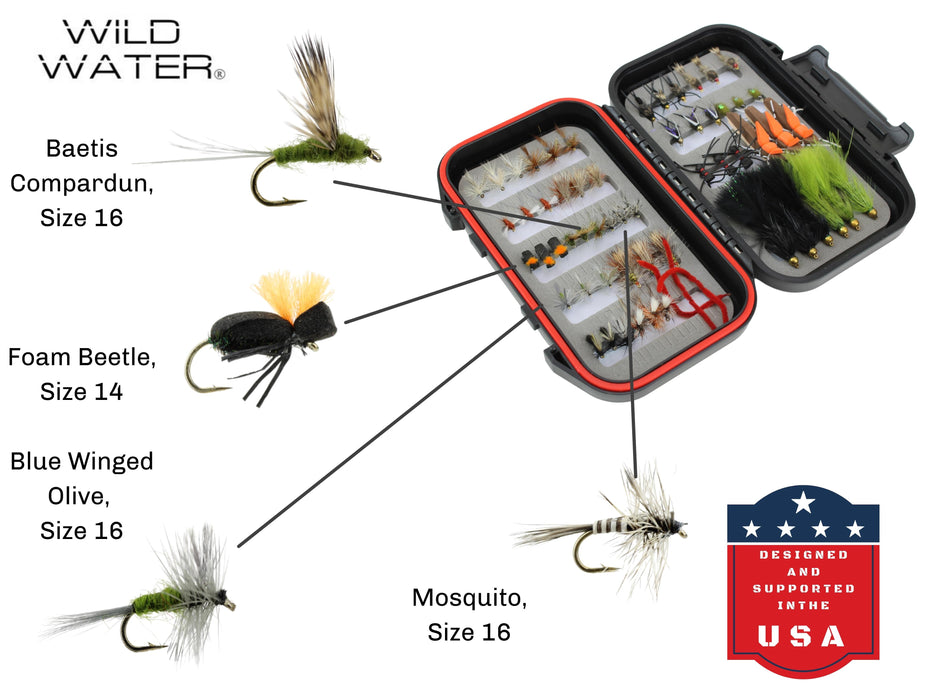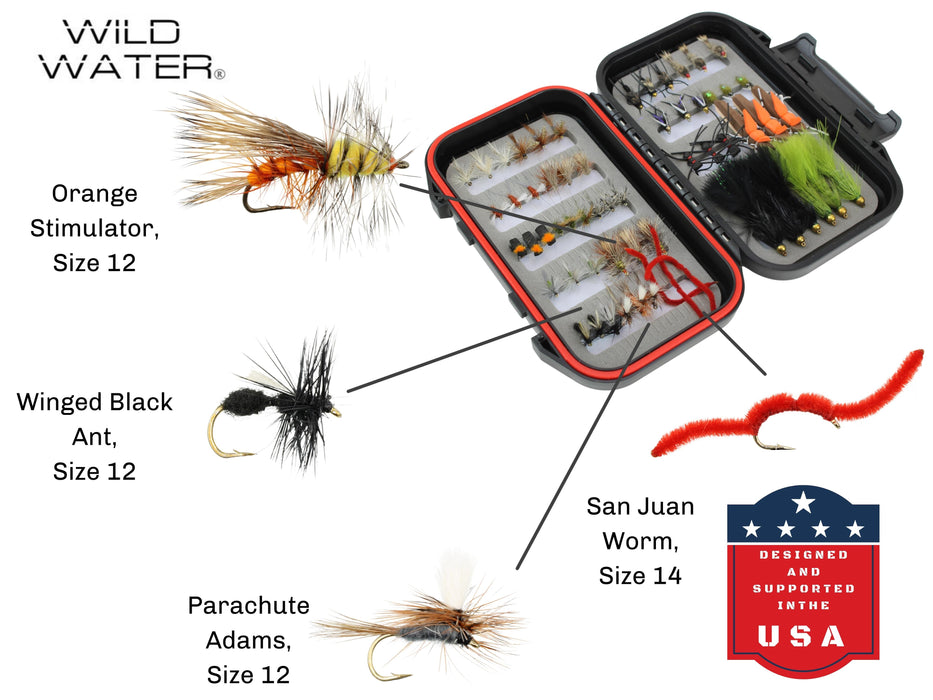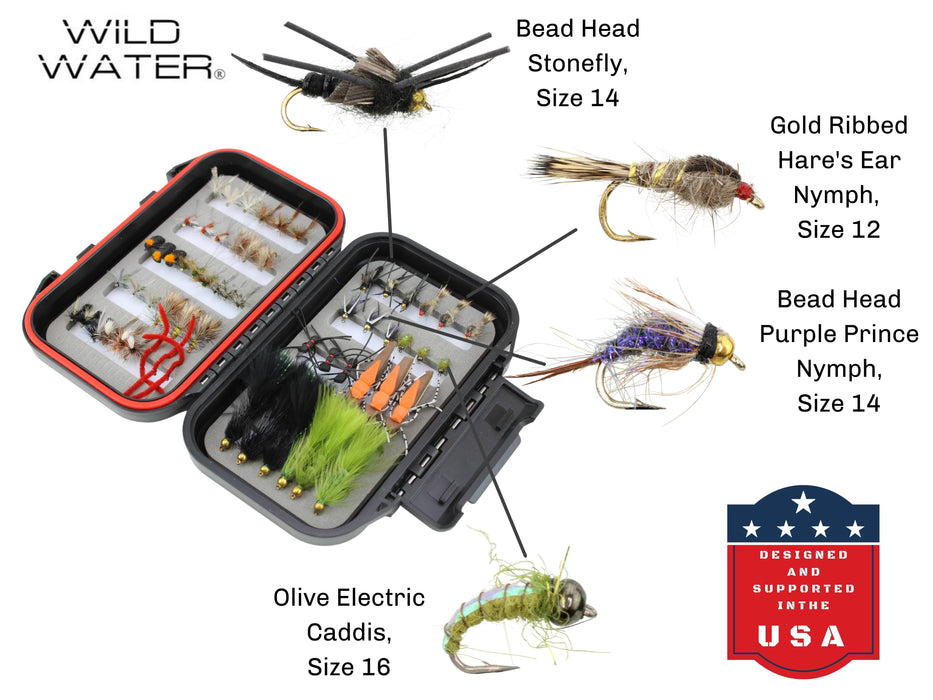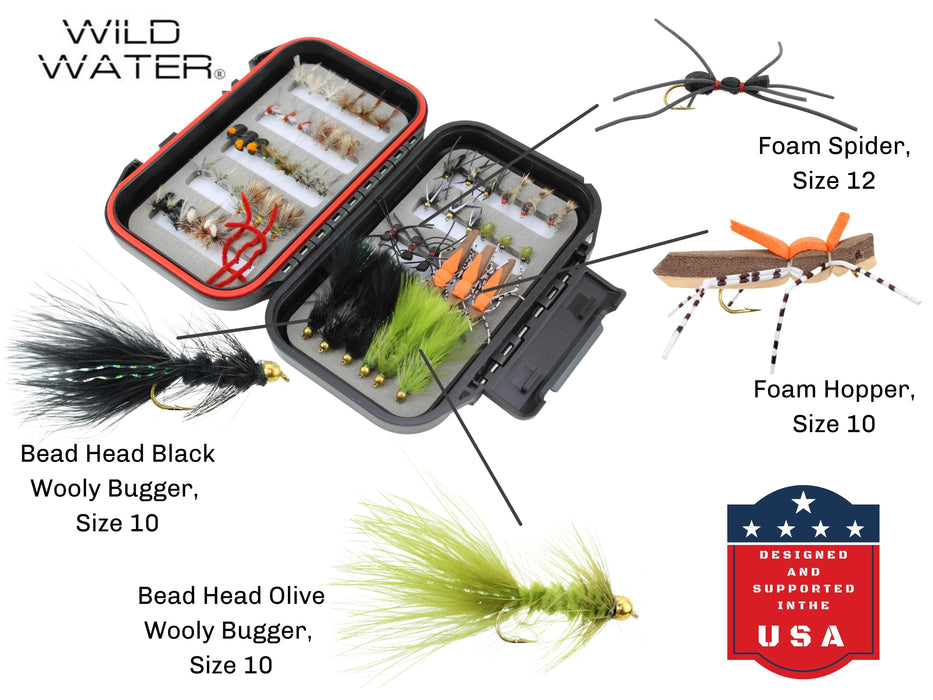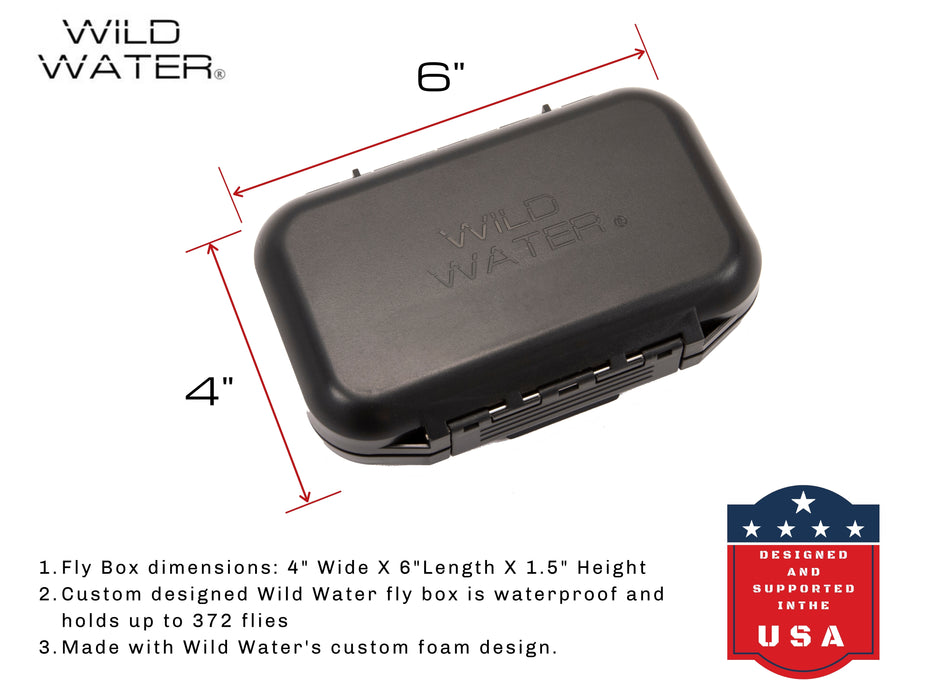Fly Fishing in Utah - The Middle Provo in Winter
Regardless of your skill level, the Middle Provo River, in the Heber Valley just outside of Park City, Utah, might offer the most approachable and scenic winter fly fishing in America. Whether you come to the Provo as a novice or an expert you will find something here to challenge, inspire, and certainly reward your visit.
To start off, “the Middle” as it is locally known, has a truly unique and successful restoration story. All of the dynamics that challenge riparian conservation came together earnestly in the Heber Valley between 1999 and 2008. The State of Utah, The Feds, the local ranchers, and the NGOs all worked together to comprehensively restore the Middle Provo. They reduced the ditch-banks, fenced the herds, silenced the motors, added miles of new channel and restored a postcard-worthy high valley. Today it is 13 miles of the most beautiful and healthy blue ribbon tailwaters perhaps anywhere outside of a Wilderness Area. And there is no time of year more suited to experiencing this accomplishment than deep snowy winter.
The Provo is well known for challenging rocky straights interrupted by perfect pools and lots of small “buckets”. Thanks to the restoration, it enjoys healthy and robust all-season hatches. The Fishing pressure is also well known, for good reason. The pressure eases off notably in the Winter, but be open to walking the next bend. (Cross country skiing is the only other use allowed along the Provo). The days are shorter and slower, but the beauty and rewards of staying focussed are unequaled.
All the poetry of fly fishing will welcome you the Heber Valley in winter. One the best kept secrets within this secret is how easy it is for visitors to sneak away from “shredding the powder” at Park City’s mega ski areas to go “slay the browns”.
The minute you get your waders in the water you will be standing among 3000 fish per mile. Most of them are experienced, well fed, healthy mid-sized Browns. You might have a surprise Rainbow or a Bonneville Cutthroat from time to time. There might also be a few surprises coming up from Deer Creek reservoir at the lower end of the valley. The fish in the Provo are very catchable for every skill level if you don’t take shortcuts, but you will earn every fish you catch.
Imagine casting snow banked waters a mile above sea level. The Middle Provo is a perfect river to expand your personal mobility and climate comfort zones. Start your winter fishing trip focussed on staying slow, comfortable and safe. It is an easy river to access so you can test your layering as you go. The trails are obvious, the very few fences are pass-through gated and the parking areas have excellent map and information kiosks. You won’t be alone either. The scene on the Provo tends to be as friendly as it gets so local information is typically close by.
Daytime temperatures tend to be mild by Midwestern standards with highs between 35 and 40 (F) commonplace. Lows dip towards single digits but don’t let the postcard beauty fool you. The temps drop very fast in the early afternoons, and mornings can be bitter cold. Keep your belt tight, and be aware of the consequences of even a mild dip.
Mountain tailwaters have other benefits for winter anglers. The flows from Jordanelle reservoir are predictably moderate to low. Perhaps even more importantly, coming from the bottom of the reservoir, the water temperatures are very consistent. Remember that fish are much less likely to feed or rise when the water gets below about 40 degrees. You really do need a thermometer when winter casting. If the water is too cold don’t cast, but don’t quit, just watch for the sun and move downstream. The Provo usually has enough daytime warming to support good fishing all winter.
On the Winter Provo Midges Maketh the man. Come prepared to up your rig discipline, improve your entomology awareness and shrug off the hollywood casting. Snowbank sessions on The Middle offer will present enjoyable opportunities for new and intermediate anglers to advance their confidence and skills. The local nymphing rigs are iconic so a quick internet search of “Provo Rig” can help you prepare your expectations. (Remember to dip your rod to clear the ice off your guides.)
In slow winter waters fish can be very selective. Dry or submerged, fly choice matters every time. Especially if new to the Provo or to nymphing, you need to be prepared to change your flies to match tiny differences in the hatches or feeding action. If the nymphing get frustrating don’t stress it.
Winter on the Middle is about the season not the rig. Streamers, terrestrials or even simple surface drys have a place.
The Middle in winter seems made for trying new techniques or confidently enjoying simpler casting styles. The safe access, experience levels of the fish, need for focussed fly selection, and the abundance of less pressured overgrown shoreline sections make the Provo, especially in Winter and Spring conditions, one of the most beautiful places anywhere to shed the gear and flow into tenkara. If you are visiting for a snowsport vacation just remember: No matter what your travel situation is there is always room to pack for tenkara.
The Middle Provo runs 13 miles between Jordanelle Dam upstream and the Deer Creek reservoir down stream. Easily accessible from Park City which is itself less than an hour from he SLC airport. The main parking areas are easily found and they have local map and information kiosks. The growing rural town of Heber is minutes away to the Middle Provo. Excellent guide and fly shops, along with all the other necessities, are readily available in Heber and Park City.
